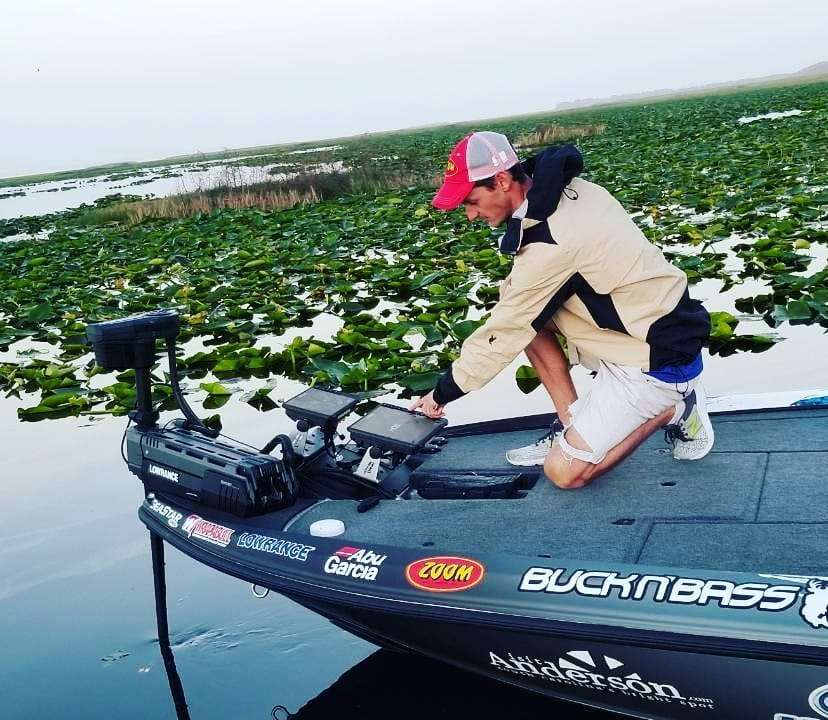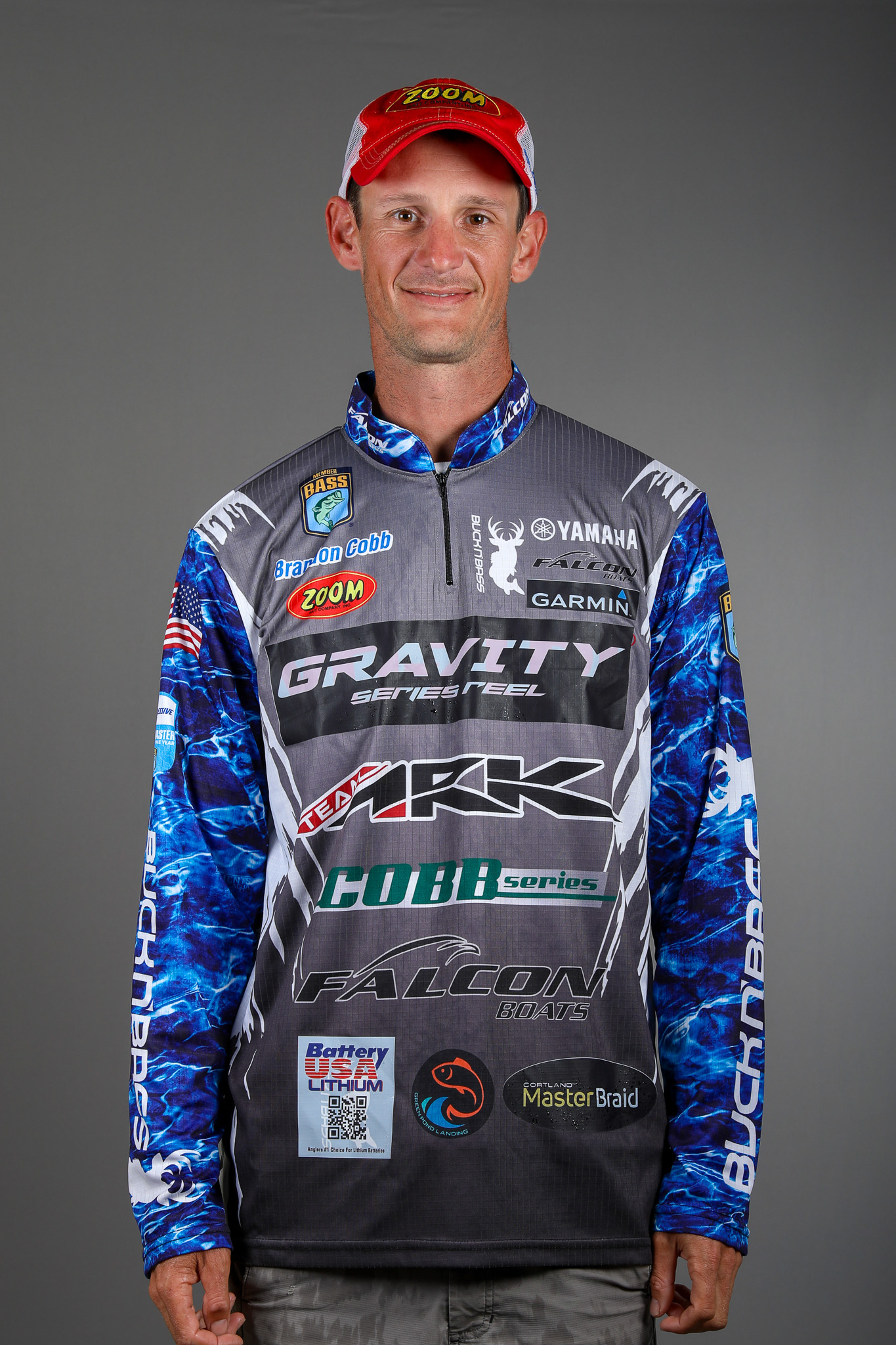
I’ve been thinking about a useful topic I could cover that would help recreational anglers sort through the complexities of modern bass fishing. I think line choice fit’s that bill.
Recreational anglers are different from Bassmaster Elite Series pros. We have dozens of reels with dozens of different lines on them. We can make subtle adjustments based on the places and spots we fish. Most recreational anglers can’t do that. They have three, four or maybe five rods and reels. And it doesn’t make sense for most of them to spend half their fishing time respooling.
With that in mind, let’s get started:
First off, forget about the notion that bass can see your line. In all likelihood they can’t. But even if they can, it doesn’t make any difference to them. I never choose a line based on whether or not a fish can see it.
A second consideration is test weight. I always fish with the lightest test weight I can get away with under a given set of conditions. You’ll get better lure action with lighter lines, and you’ll get a more vertical drop with lighter lines.
Both of the things I just said apply to all lines — monofilament, fluorocarbon and braid.
Monofilament
Mono is somewhat out of fashion right now. The rap on it is that it stretches, and the fact that it floats can be a disadvantage with some lures. Both of those things are true, but that doesn’t mean that monofilament doesn’t have a place.
The first one that comes to mind is with topwater baits. A line that floats will keep your lure from dropping nose down as you work it along. Another thing is that a slower hookset is better with most topwater lures. It lets the fish take the bait in its mouth deeper. The stretch in mono helps with that.
The final thing I’d mention about mono is that it’s a great cold water cranking line. The bite will be lethargic. Bass need more time to mouth the bait. Mono, with its lesser feel and its stretch, makes it difficult to set the hook immediately.
Fluorocarbon
Fluorocarbon is at its best when you need feel and no stretch, and when you want a line that sinks. That’s why it’s so popular with pro anglers. We love it with baits that are fished on the bottom — jigs, plastics and the like.
We use it with hard baits, too. We want the feel and, because of our experience, we’re able to delay a hookset when that’s necessary. Some recreational anglers have enough experience to do that, some don’t. If you’re in the some don’t category, think about what I said about mono. It might be a better choice for you.
Braid
Braid is at it’s best when you want something that’s tough as nails, something with no stretch and when you don’t care that your line floats.
It’s great for topwater plugs. It floats and keeps the bait up high and performing as it should. You do have to make sure you delay your hookset, though. You won’t get any help from braid.
It’s also great for flipping and pitching in heavy cover or weeds. Most of it is tough enough to handle almost any kind of cover, and it helps with tough hooksets because it has no stretch. Pressure from your rod is transferred to your lure almost immediately.
One issue with braid that you should keep in the back of your mind is that it makes a rubbing sound in heavy vegetation. If that bothers you, think about using fluorocarbon. In heavier test weights it’s almost as durable as braid.
And don’t use it when the air temperature is below freezing. It has a cloth-like surface that’ll soak up water. It’ll freeze hard as a rock.
The recommendations I’ve made are meant to be simple and straightforward. I know they don’t cover every situation you’ll encounter. I also know that not every angler will agree with everything I’ve said. I do think, though, that this will give you a place to start along with enough information to make informed decisions.
One last thing: You’ll notice that up until now I haven’t mentioned any specific manufacturer of fishing line. That’s because there are several good brands around. If you’re wondering, much of my line is made by Yo-Zuri.





